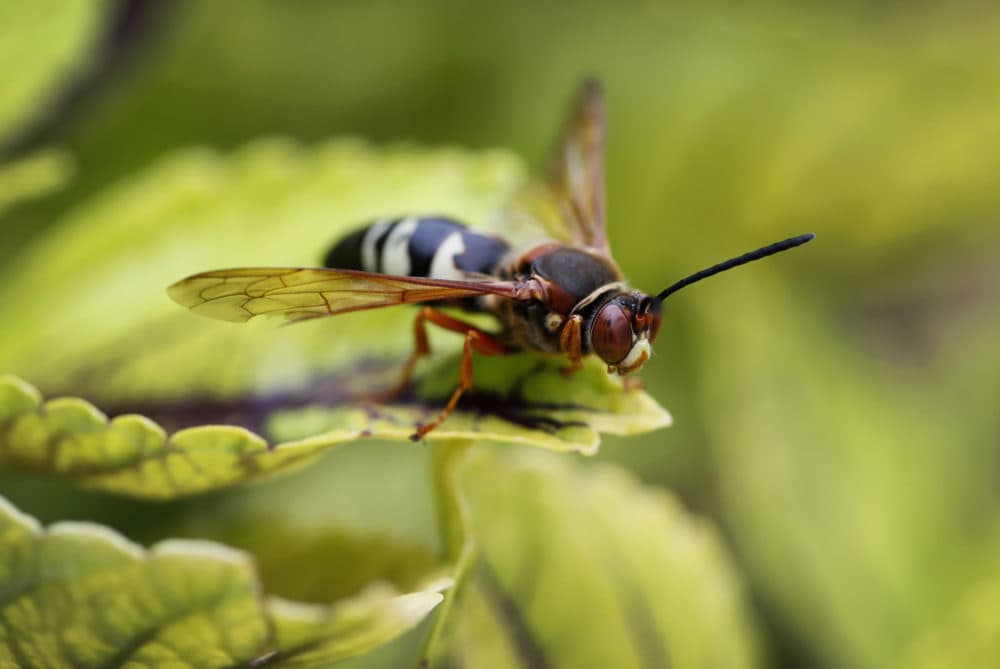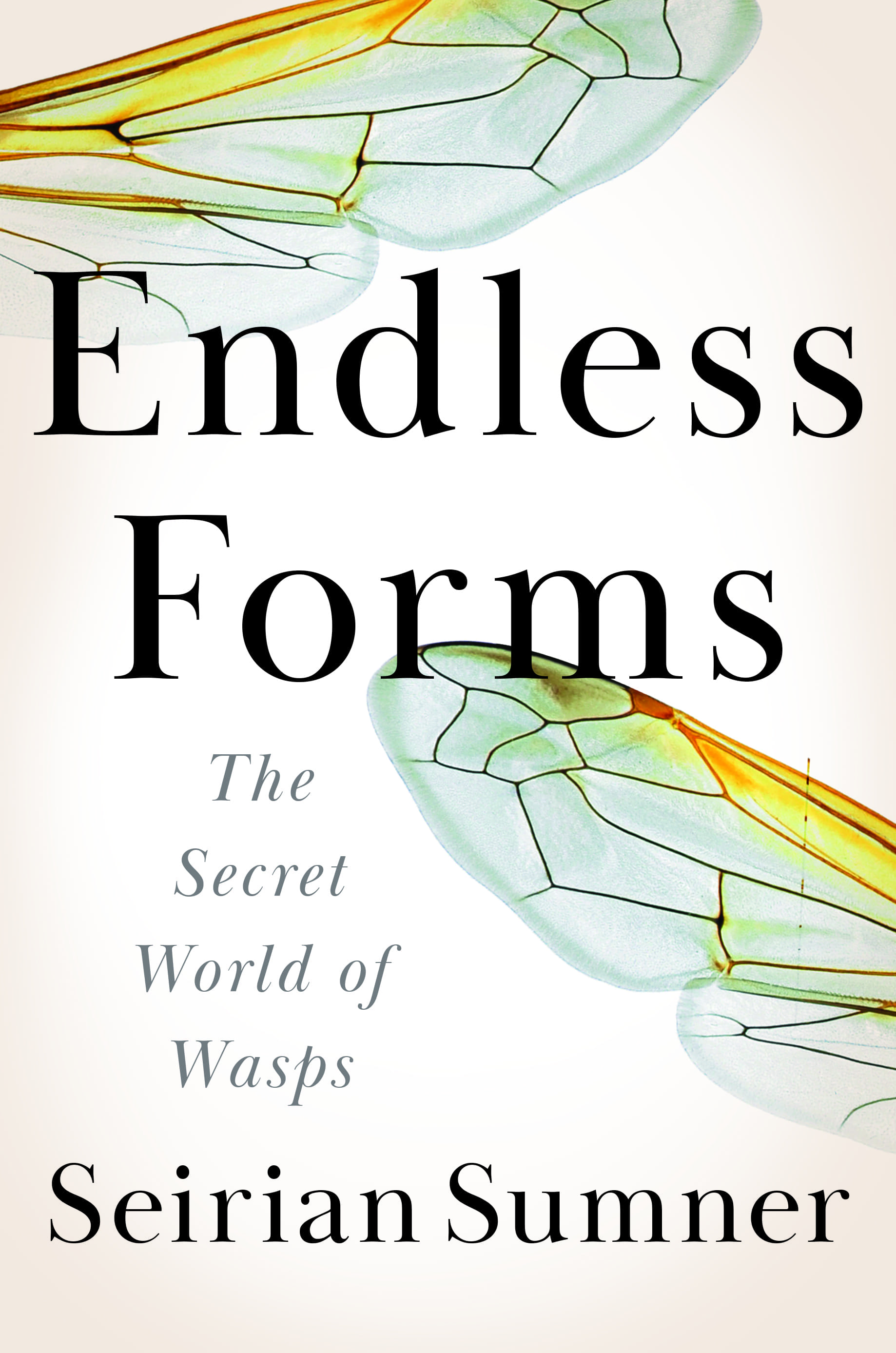Advertisement
How wasps impact the planet — beyond just their nasty sting

Just the sight of a wasp can send an outdoor picnic into chaos or school children on the playground running in terror.
Unlike the fuzzy, widely-loved bumblebee, the wasp is most known for its nasty sting. But, as an essential pollinator and regulator of harmful species, researchers say the wasp is a misunderstood beast with a profound ecological benefit.

“The public really has a good understanding that bees are really important pollinators,” says Dr. Seirian Sumner, entomologist and behavioral ecologist. “We have not such a great understanding of what wasps do, at least not in the public domain.”
Sumner’s work, including her new book “Endless Forms: The Secret World of Wasps,” seeks to undo stereotypes about wasps. She details the way wasps act as a disposal service; they eat other pests you may find crawling around your house or munching on your garden, including spiders, cockroaches and caterpillars.
“In a world without wasps, there would almost certainly be plagues of flies,” Sumner says. “And we might be knee-deep in aphids.”
While bumblebees are more well-known as pollinators, wasps also serve an important role, especially when bee habitats are routinely threatened.

“Most wasps are generalist pollinators, so they tend to visit any old flower that's available,” Sumner says. “Because they're so unfussy, scientists think that possibly wasps are really important as backup pollinators.”
Sumner implores people who encounter wasps this season to think before running for the hills at the first sight of one. Sitting still and observing wasps could give you a better look at how they operate.
For example, earlier in the summer, wasps may infiltrate your picnic trying to get a taste of meat because they’re trying to grow the colony quickly. Later in the season, after a colony has expanded, wasps tend to go for sweet foods like fruit or ice cream for the same sugars found in flowers.
“When the wasp arrives at your picnic, check out what she wants and then give her a little bit of it,” Sumner says. “Give her a little pinch of your sausage, make it a wasp offering, watch what she's doing and understand her lifecycle. You have to live well with wasps.”
Kalyani Saxena produced and edited this interview for broadcast with Tinku Ray. Grace Griffin adapted it for the web.
This segment aired on July 26, 2022.


